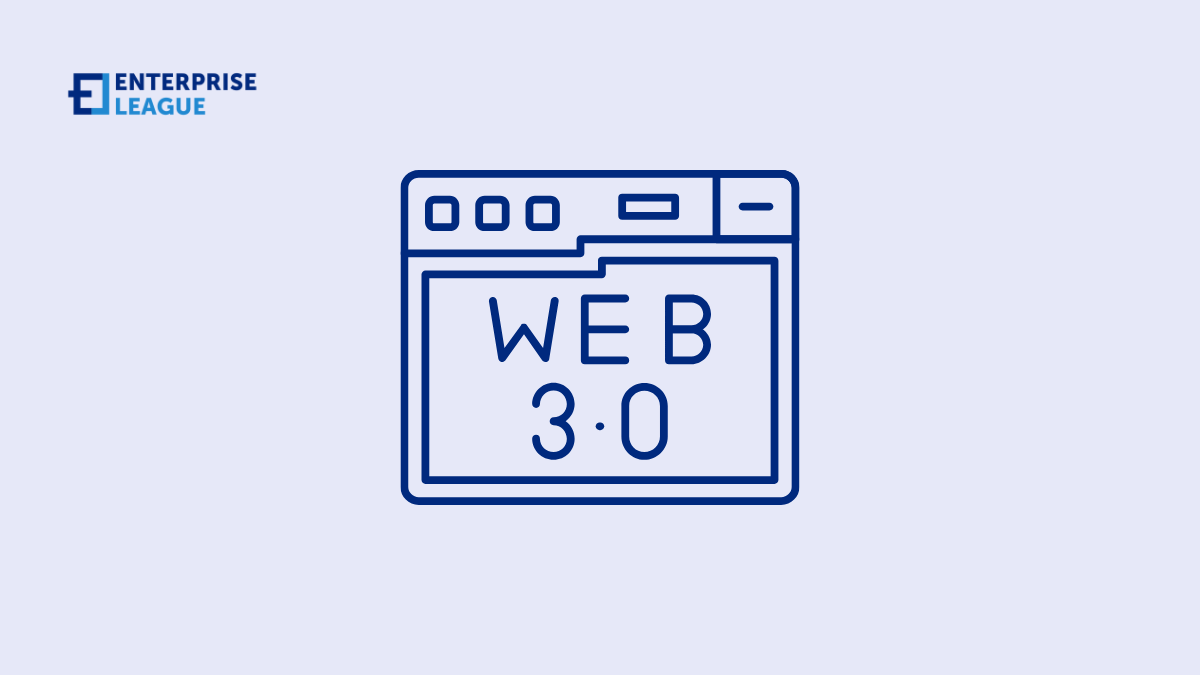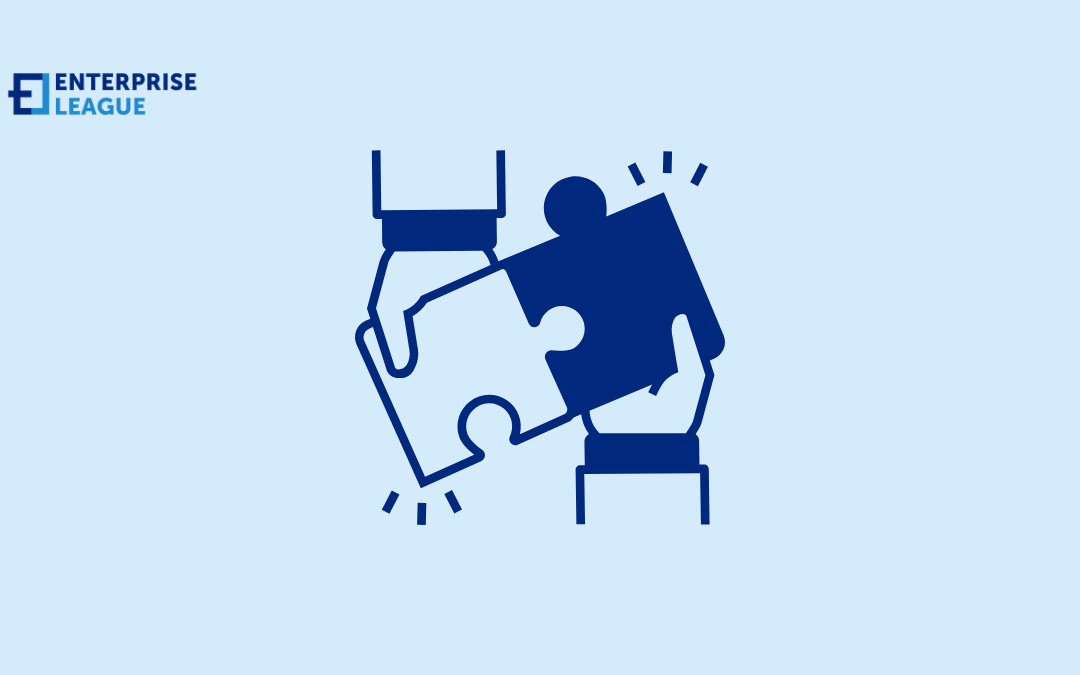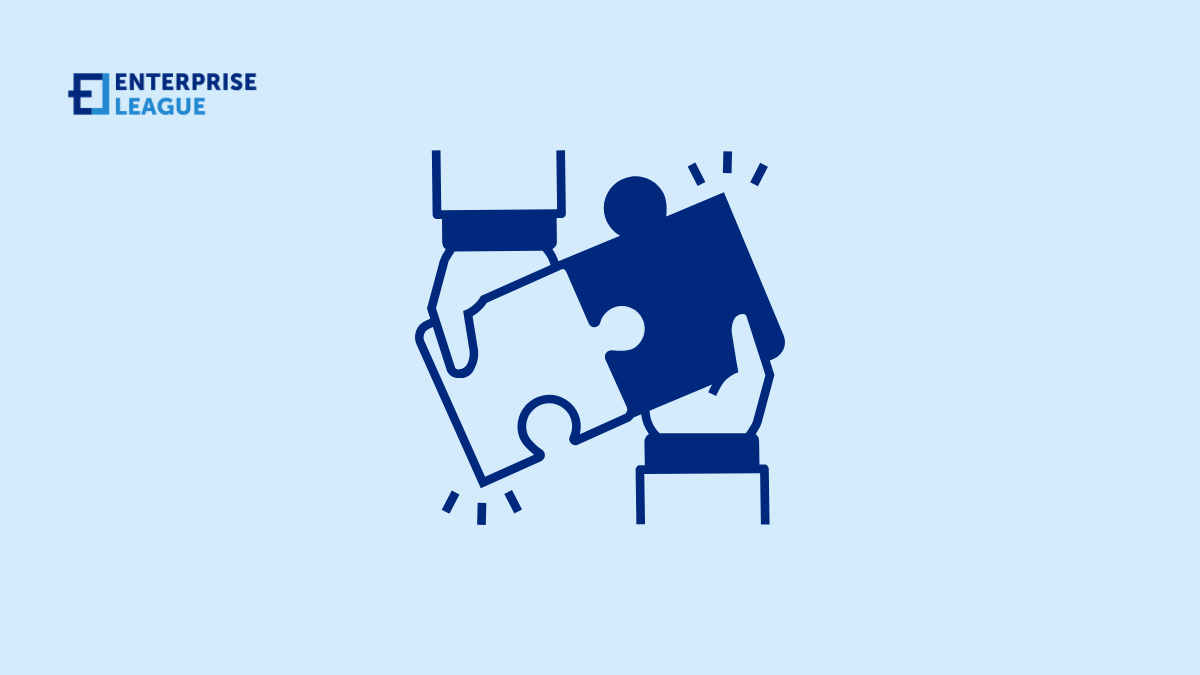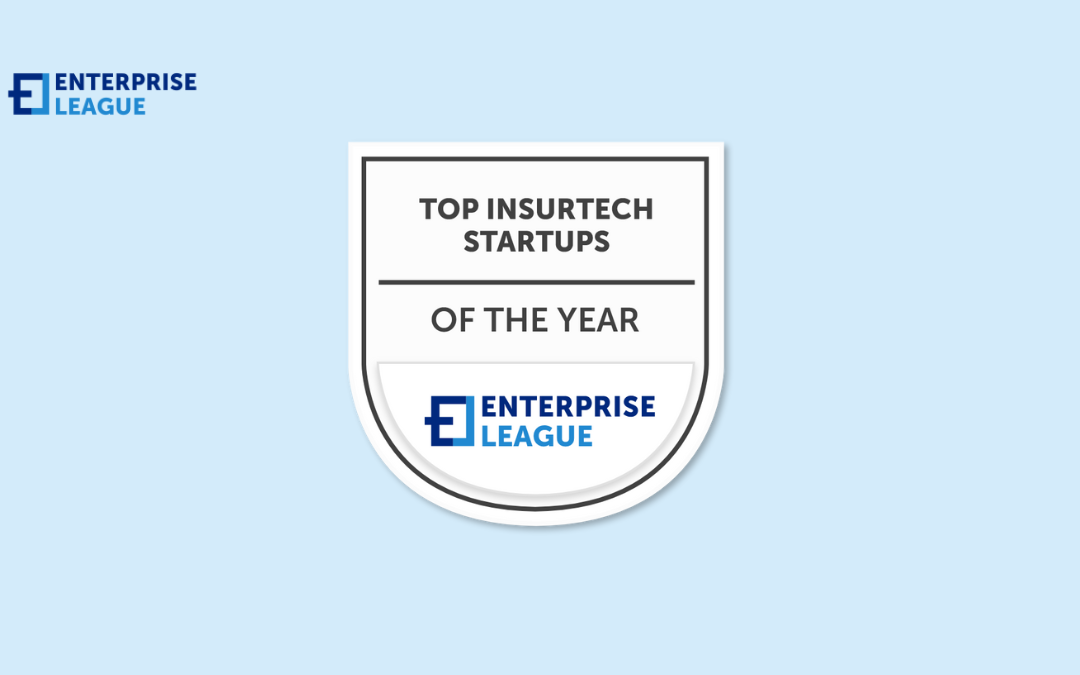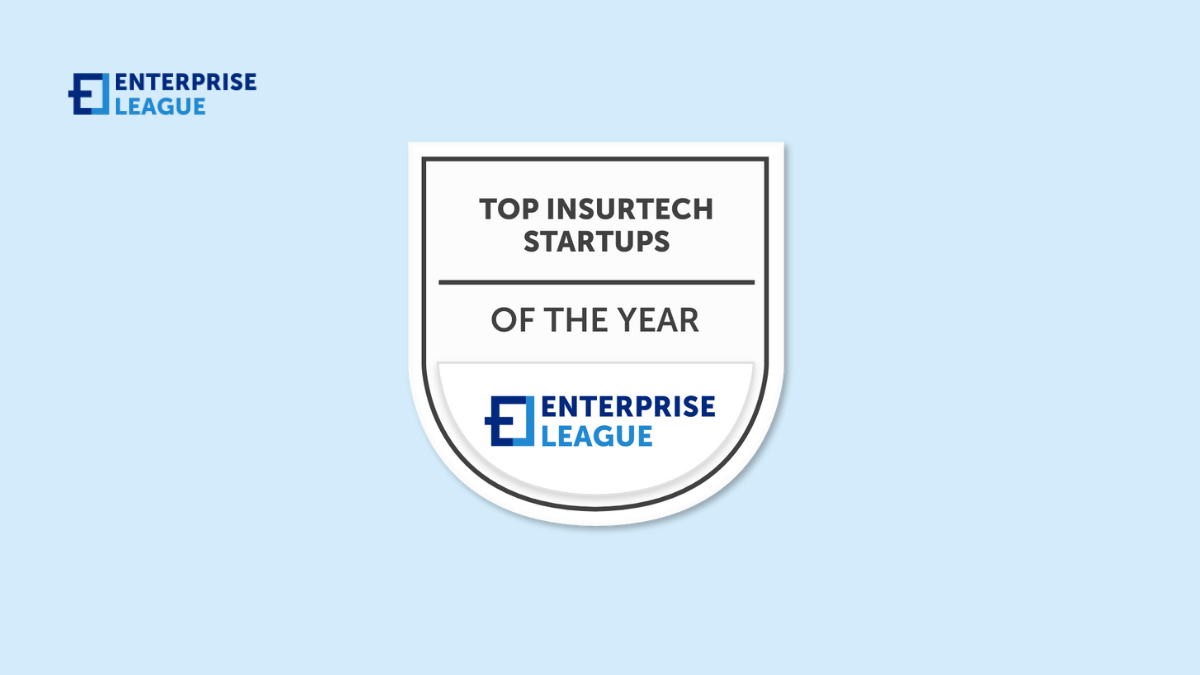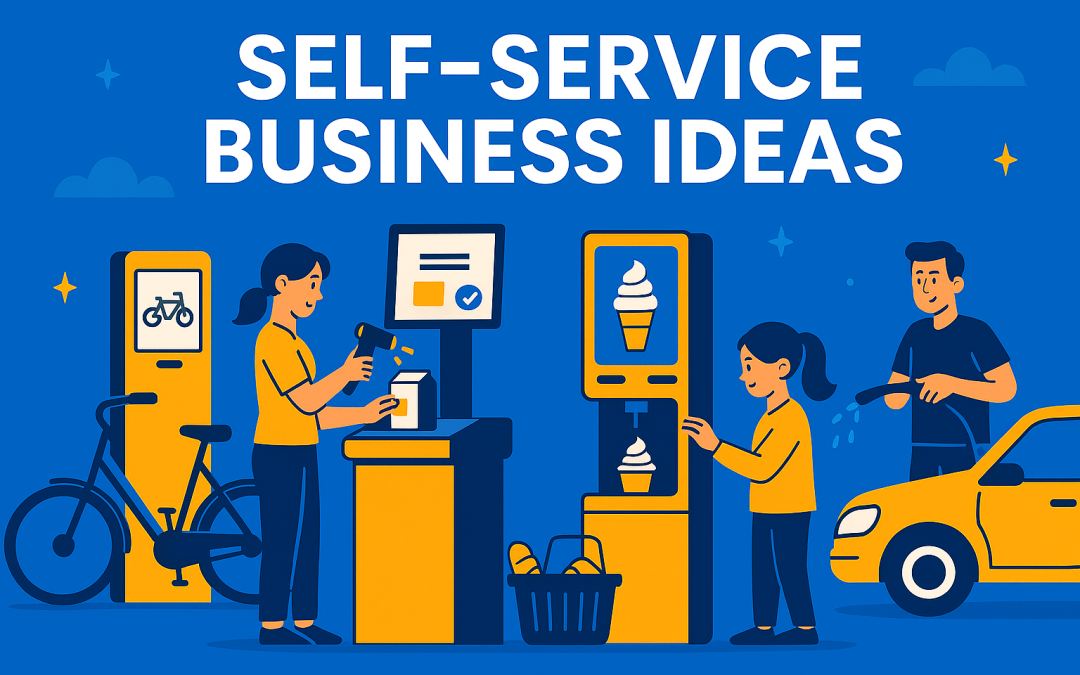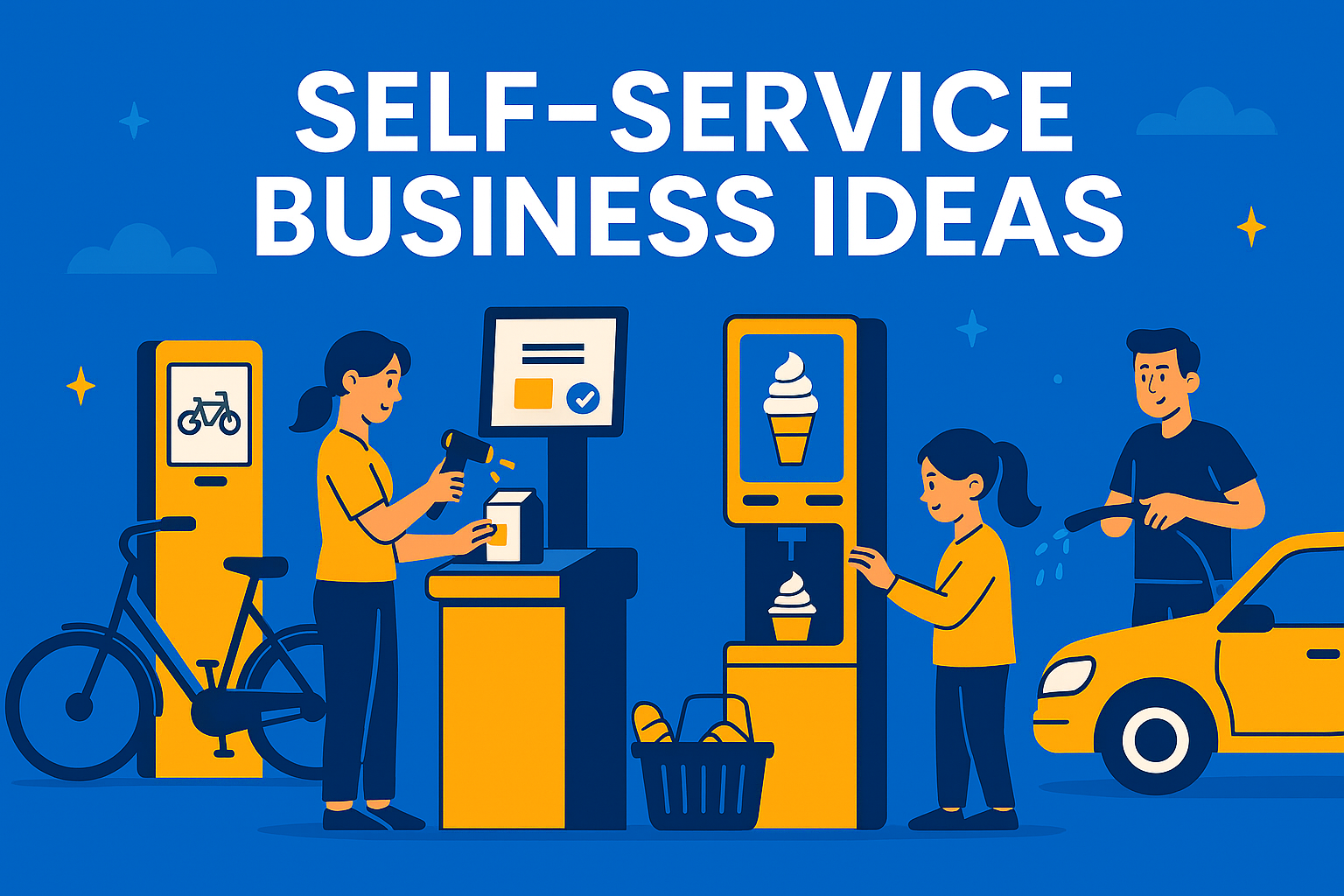When it comes to modern commerce and the movement of products and equipment, warehousing and distribution businesses and networks form the essential foundation of the supply chain. With the dramatic rise of e-commerce, global trade, and same-day delivery...
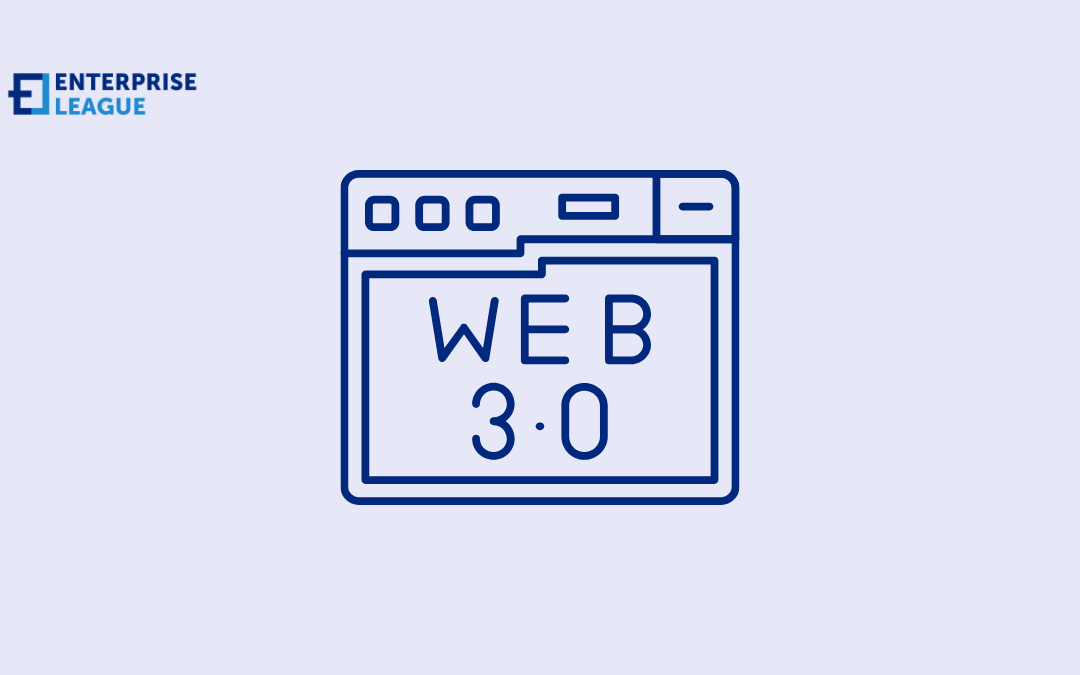
Web3 VC funding to further grow after reaching $8.5B in 2024
After the highs of 2021 and 2022, Web3 VC funding declined sharply in 2023. As the bear market weighed on both startups and venture capitalists, the sector saw a 70.5% year-over-year (YoY) drop in total investment.
Fast-forward to 2024, when bulls regained control of the crypto market. As Bitcoin’s price crossed the $100,000 mark by year-end, venture capitalists began to catch up with the shifting market sentiment.
According to a new Crunchbase report, Web3 VC funding rose 3.66% YoY in 2024, reaching $8.5 billion for the year. With the crypto market gearing up for a strong 2025, venture capitalists are expected to ramp up investments in promising Web3 startups.
Web3 funding boom surpasses $8.5B and still growing
Compared to 2023, last year’s Web3 VC funding offers some optimism for crypto market players. However, the 3.66% YoY growth remains modest, especially considering that the total cryptocurrency market cap doubled in 2024.
Notably, while total investment dollars increased, the number of deals dropped. Only 1,545 deals were struck in 2024, marking a 26% decline from the previous year.
In Q4 2024, just four Web3 startups managed to raise over $50 million. Among them, Blockstream, a crypto infrastructure firm, secured $210 million, while the investment platform Public raised $135 million. These two rounds ranked among the top five largest funding deals of the year.
DePIN and RWAs to be the hottest sectors for VCs
The YoY increase in Web3 funding signals growing investor confidence. However, as competition intensifies, VCs are prioritizing startups with real-world utility, particularly those bridging Web2 and Web3 markets.
Two standout sectors are Decentralized Physical Infrastructure Networks (DePIN) and Tokenized Real-World Assets (RWAs). These fields offer practical use cases that act as a bridge between the Web2 and the Web3 markets. As a result, VCs are actively scouting projects such as Render Network and Filecoin in DePIN, alongside MANTRA in RWAs. The tokens of these three protocols have drawn substantial interest among investors. For example, Render’s daily trading volume as of February 27, 2025 is $111.37M alone according to Binance.
Further reinforcing VCs’ growing interest in these sectors, multiple new funds have been launched targeting DePIN and RWAs. In September 2024, Borderless Capital launched a $100 million DePIN-focused fund to accelerate development in this space. A month later, GnosisDAO introduced a $40 million fund focused on RWAs, payment rails, and digital asset infrastructure.
Web3 VC funding to grow further in 2025
After stabilizing in 2024, Web3 VC funding is expected to surge in 2025. Major venture capital firms like Dragonfly Capital, Pantera Capital, and Paradigm are collectively raising billions to invest in Web3 startups.
At the same time, President Trump’s crypto-friendly stance is expected to act as a catalyst for renewed interest in the sector. The US President has already signed an executive order to foster crypto development within the nation, laying the foundation for his plans to create a national Bitcoin stockpile.
According to PitchBook, Web3 VC funding is projected to exceed $18 billion in 2025, with multiple quarters surpassing $5 billion in capital deployment. In its 2025 Enterprise Technology Outlook, PitchBook analysts highlight that the growing participation of institutions such as Franklin Templeton, BlackRock, and Goldman Sachs is bolstering investor confidence and accelerating digital asset adoption.
Generalist VCs, who largely exited the crypto space after the 2022 market collapse, are now making a comeback. The report notes: “Their return will be driven by the stabilization of crypto markets; the approval of regulated financial products such as spot Bitcoin ETFs; and the emergence of clearer use cases in areas such as decentralized finance (DeFi), Web3 infrastructure, and consumer-facing applications.”
Additionally, declining interest rates and improved global liquidity could further drive VC activity within the Web3 sector. Rising token prices could boost investor confidence, allowing startup founders and early token holders to attract more capital or reinvest into new ventures.
Conclusion
Together, these factors could set the stage for a major resurgence in Web3 VC funding in 2025. While analysts do not expect funding to match the all-time highs of 2022, this year’s growth is projected to be far more significant than the modest gains of 2024.
More must-read stories from Enterprise League:
- Innovative small business growth tips that will take you to the next level.
- Golden rules about Google advertising for small businesses.
- All the reasons why we should support local businesses and shop local.
- Pros and cons of social media for business you should be aware of.
- Smart ways to enhance the efficiency of your business.
Related Articles
12 Profitable Warehouse & Distribution Business Ideas in 2026
How AI Image Tools Are Revolutionizing Visual Content Creation
The rise of digital media has transformed how we create and use visual content. Quality visuals are now essential for digital advertising, online commerce, and social networking. Creating properly designed and optimized visuals for different platforms was...
Complete Your Degree, Complete Your Goals: The Long-Term Benefits of Finishing School
For many adults, life circumstances can interrupt education. Work obligations, family responsibilities, or unexpected financial challenges often lead students to put college on hold. Years later, that unfinished degree may still linger as an unmet goal. The...
Does Digital Finance Need To Be More Human?
As technology advances, the financial industry continues to transform through digitization, giving rise to innovations like cryptocurrencies and algorithmic trading. While these developments have made finance more efficient and accessible, an important question...
Cloud Display Management: Scaling Visual Communications Across Enterprises
Digital displays change how companies communicate. They replace static posters with dynamic content. Modern businesses need flexible solutions. The digital signage system from Rise Vision excels at simplifying screen management. Companies save time managing multiple...

